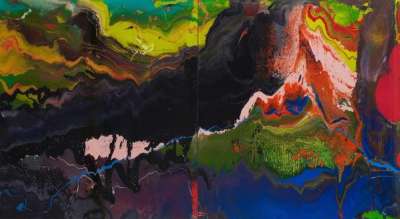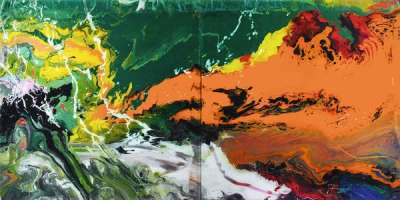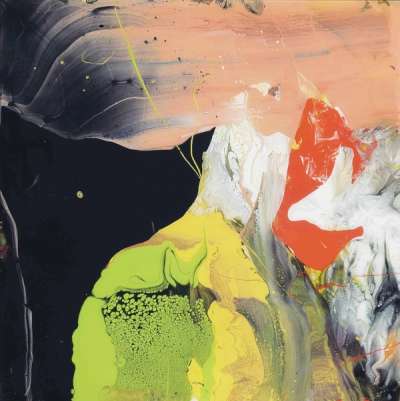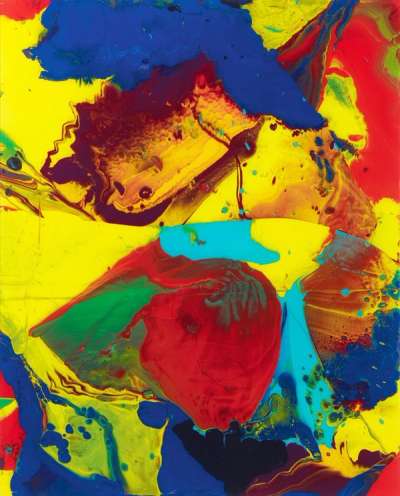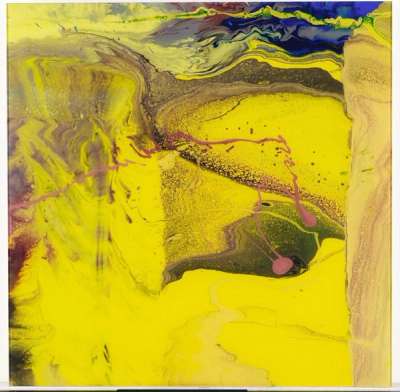
Aladin (P11)

Aladin (P11)
Unsigned Print
Gerhard Richter
£2,150-£3,250
$4,200-$6,500 Value Indicator
$3,850-$6,000 Value Indicator
¥20,000-¥30,000 Value Indicator
€2,550-€3,900 Value Indicator
$22,000-$35,000 Value Indicator
¥420,000-¥630,000 Value Indicator
$2,800-$4,250 Value Indicator
AAGR (5 years) This estimate blends recent public auction records with our own private sale data and network demand.
There aren't enough data points on this work for a comprehensive result. Please speak to a specialist by making an enquiry.
Medium: Digital Print
Edition size: 500
Year: 2014
Size: H 37cm x W 50cm
Signed: No
Format: Unsigned Print
Track this artwork in realtime
Watch artwork, manage valuations, track your portfolio and return against your collection
Track auction value trend
Auction Results
| Auction Date | Auction House | Artwork | Hammer Price | Return to Seller | Buyer Paid |
|---|---|---|---|---|---|
| Lempertz, Cologne - Germany | Aladin (P11) - Unsigned Print | ||||
| September 2024 | Phillips New York - United States | Aladin (P11) - Unsigned Print | |||
| April 2024 | Phillips Hong Kong - Hong Kong | Aladin (P11) - Unsigned Print | |||
| January 2024 | SBI Art Auction - Japan | Aladin (P11) - Unsigned Print | |||
| January 2024 | Phillips London - United Kingdom | Aladin (P11) - Unsigned Print | |||
| December 2021 | Phillips London - United Kingdom | Aladin (P11) - Unsigned Print | |||
| November 2021 | Sotheby's Paris - France | Aladin (P11) - Unsigned Print |
Meaning & Analysis
The work of influential and prolific German visual artist, Gerhard Richter, this unsigned print was issued in 2014, in an edition of 500. Part of the Flow series, it is made after an unusually fluid example of Richter’s abstract painting that recalls the practice of paper marbling, popular in the 19th century.
Dissimilar from works in Richter’s Colour Charts, Cage Prints, Cage f.ff and Cage Grid series, Aladdin (P11) is a digital print which sees Richter experiment with the creative possibilities of surface tension and painting. Where in his squeegee-based Cage paintings Richter might turn to the squeegee as a tool for applying and embellishing ‘classic’ tones of oil paint, here the artist sets his medium on the floor, diluting paints and allowing them to travel across its surface. Leaving the work open to error and serendipity alike, there is a deep sense of experimentation in its bright, dream-like composition.
As an art student of the 1950s, Richter is fiercely unusual. The recipient of an artistic training in socialist realist painting - an attribute unusual for an artist who moved to the ‘West’ in 1961 - Richter has nonetheless spent much of his career dealing with non-representation. Concerned chiefly with artistic process as opposed to likeness, Richter’s nature as a conceptual artist has led him to deal with a variety of intangible issues, ranging from memory to the divine. Always keen to disrupt tradition, Richter once confessed that his artistic practice has the ultimate goal of bringing about the ‘death’ of painting.


